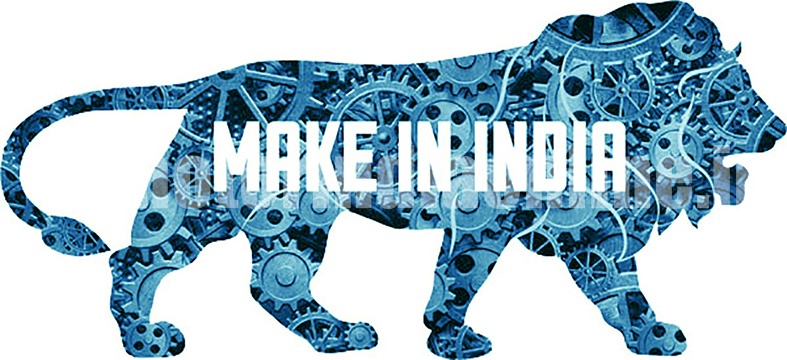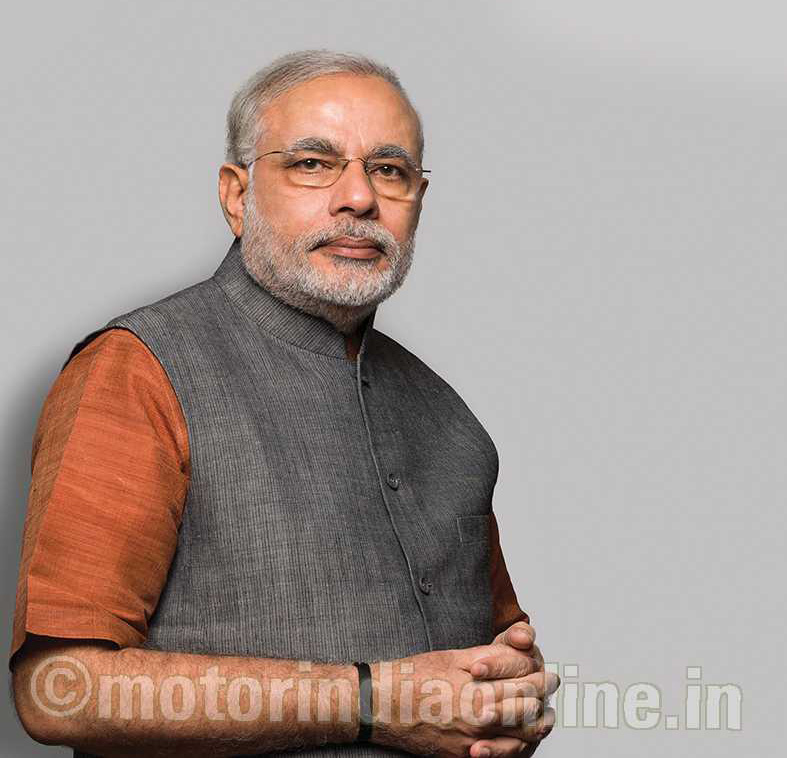 It is quite obvious that the broad growth strategy of the Union Budget for 2016-17 is formulated on the basis of Prime Minister Modi’s ‘Make in India’ initiative, by enlisting the support of all key economic pillars. This was well reflected in the views expressed by Indian and foreign dignitaries while addressing the functions organised at the ‘Make in India Week’ in Mumbai recently. Under the new initiative, the automotive sector, with its ever-widening volume of production, has been identified as one of the 25 thrust areas for growth and expansion in the manufacturing sector.
It is quite obvious that the broad growth strategy of the Union Budget for 2016-17 is formulated on the basis of Prime Minister Modi’s ‘Make in India’ initiative, by enlisting the support of all key economic pillars. This was well reflected in the views expressed by Indian and foreign dignitaries while addressing the functions organised at the ‘Make in India Week’ in Mumbai recently. Under the new initiative, the automotive sector, with its ever-widening volume of production, has been identified as one of the 25 thrust areas for growth and expansion in the manufacturing sector.

Several leading global automobile manufacturers who have set up operations in the country have already reported phenomenal success with their commitment to ‘Make in India’ campaign and continue to make huge investments to propel the manufacturing sector growth. For instance, Hyundai Motor India, the country’s second largest car maker, has made its Indian operations a global manufacturing hub, particularly for small and mid-size cars. India has also proved the fastest growing market for Hyundai globally and a top exchange earner for the country. The resounding success of Renault’s ‘Kwid’ car truly reflects the manufacturing capability of high quality vehicles supported by India’s skill labour force for the world market. Today, with a 98 per cent indigenisation level, the Kwid has registered the fastest-ever growth since it was rolled out of the Oragadam plant.
Similarly, Daimler’s BharatBenz ‘Mantra’ has redefined Indian trucking so as to become a product of the future. The all-rounder Mahindra & Mahindra has plans to invest $1.2 billion on the automotive plants in Maharashtra over the next seven years as part of its expansion plans. The investment will be made towards infrastructure growth, product development and vehicle capacity expansion.